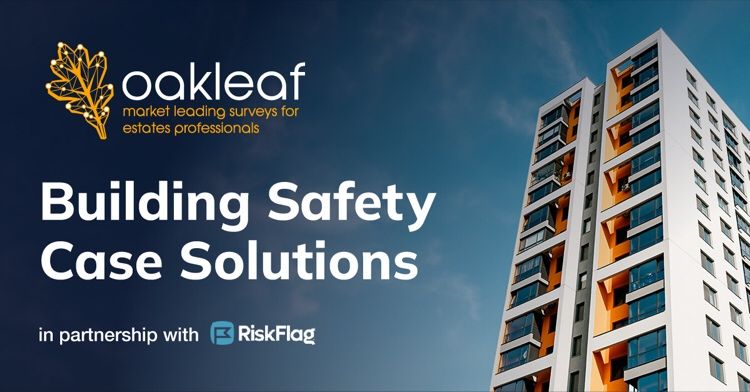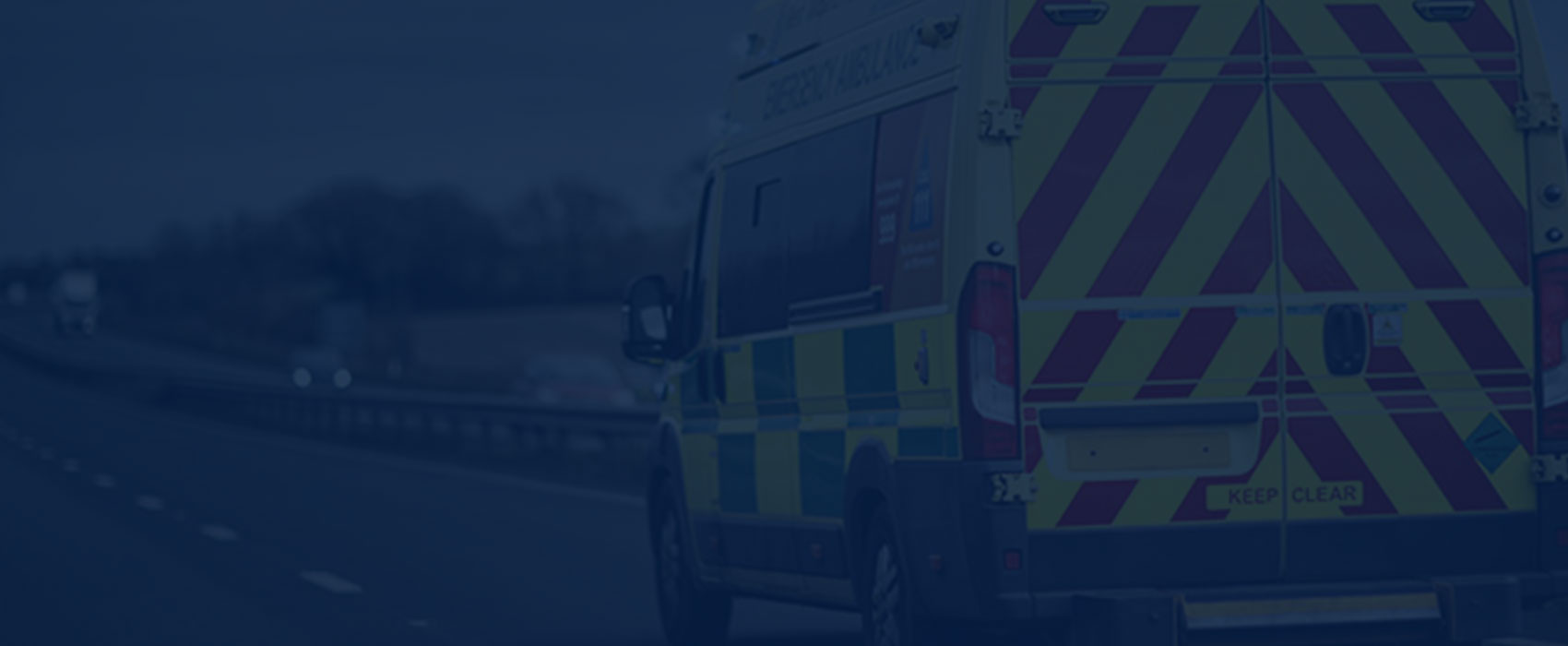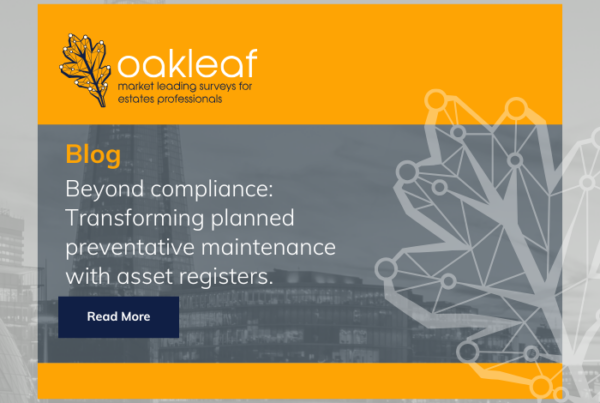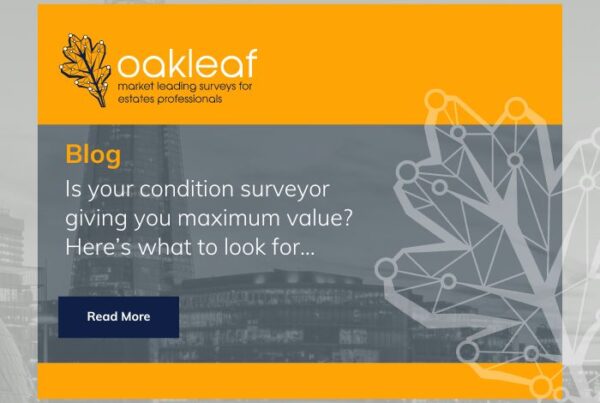A change of thinking can refresh your approach to building safety case reports. Graham Oliphant, Oakleaf’s Director of Fire, explains why a software-driven partnership could be the answer you’re looking for.
2022’s Building Safety Act (BSA) sent a broad cross-section of our industry into some confusion. Of course everyone wants to comply, but what does that look like in the real world?
Often, we find clients skip straight to sourcing a building safety case report, sometimes throwing serious money at getting one. In doing so, they might be ticking a box but not really getting what they need. The real point of the exercise isn’t simply to demonstrate compliance; it’s to develop a robust safety management system and to be able to demonstrate this at any time.
What do we mean by that? Well ideally, clients who adopt our solution are provided with the capability to generate a safety case report on demand. The report would capture the building as it is in that moment, a representation of the moving dynamic safety case.
But in reality, right now, many people are simply commissioning a document as part of their compliance efforts. One that doesn’t really pull its weight. Almost as soon as it’s printed, the safety case it describes is no longer fully relevant.
An example: Client X pays for a safety case report to demonstrate their building’s compliance at that point in time and immediately files it away. Three years later, the regulator comes knocking. Is a three-year-old report still relevant to the building? Unlikely. They then have to pay £144 per hour for the regulator to review the report.
Why did they pay for the report in the first place?! And what if their portfolio is as big as a typical Oakleaf client, some 50-100 higher-risk buildings (HRBs)? This scenario could be playing out dozens of times at once, at a frightening cost.
There are more financially sustainable, frankly better ways to be approaching building safety case generation reports. A digital solution, with the right consultancy partner to help implement it, can give you a safety management system that works in real time.
Technology now inseparable from best practice
With a digitised system in place, monitoring becomes more frequent and safety standards improve. The digital golden thread is more easily maintained. Even producing safety case reports becomes as simple as pushing a button.
Yes, some things will still be missing. A building grows organically, nothing will ever be perfectly up to date. But a digital solution lets you fill the gaps faster. And while it feels almost cliché now to champion digital transformation, many large portfolios are still being managed haphazardly.
The focus has to be on systems which can address portfolios at scale. PDFs or folders full of years’ worth of emails and invoices might suffice for one or two properties. But for portfolios of dozens or hundreds of buildings, you need to:
- Choose a digital solution built around regulators’ marking criteria and relevant insurance frameworks
- Partner with a consultant who can implement the solution and coach your people to use it effectively
- Embed faster, more accurate reporting and compliance best practice throughout your team.
So… who’s responsible for managing a building’s safety?
A critical job, but whose job is it? The Building Safety Act created two new roles; accountable persons (APs) and principal accountable persons (PAPs). Invariably they can be corporate entities rather than individual people.
In some cases, managing agents embedded in a lease have found themselves as PAP without knowing or agreeing to it. This comes with responsibilities and costs; some PAPs simply commission a safety case report to rid themselves of a job. But as we’ve seen, that’s the wrong mentality.
What should the PAP be asking a consultant?
As with every other product and service on the planet, quality varies from provider to provider. Asking the right questions is vital; even a great digital solution can’t become a working system without proper implementation.
Your consultant needs to be a trusted partner who understands how to drive positive change for businesses. These questions will go a long way towards determining if a prospective provider is capable of doing that for you:
- Do they have enough professional indemnity insurance? As a benchmark, Oakleaf has a cap of £5 million
- Are they on the Homes England approved list for fire and risk assessment external wall surveys (FRAEWs)? Only 37 companies in the UK are
- Have they got experience with this type of work specifically? Be sure to also check the kind of experience a provider’s partners and suppliers have
- How are you going to action a report once the provider steps away? A report needs to translate into positive change, not sit in a desk drawer.
Of course, it’s impossible to boil the whole selection process down to four questions. And reports aren’t static documents, they need to live and breathe alongside your operations. It’s a journey. If you’re in any doubt whatsoever whether you’re headed in the right direction, we’d love to help.





 Find us on LinkedIn
Find us on LinkedIn